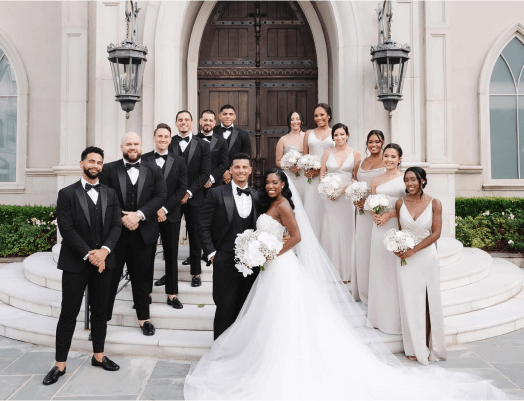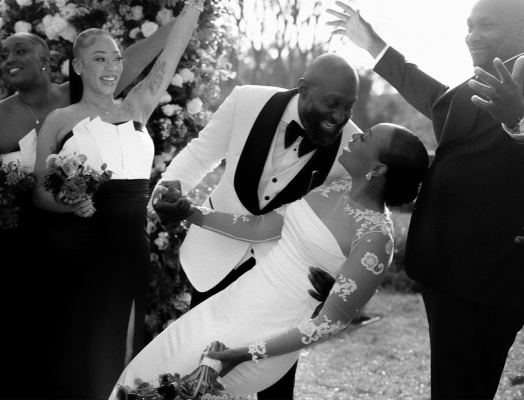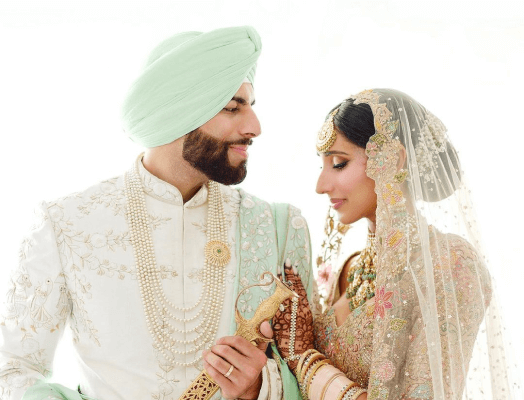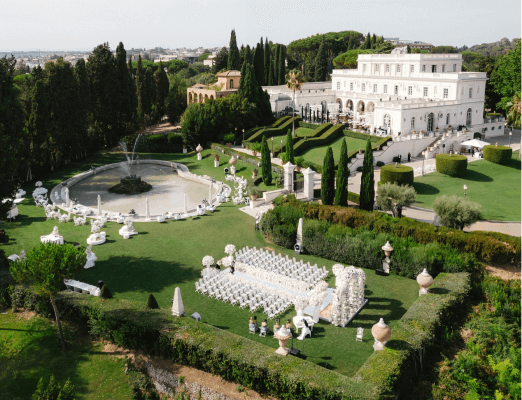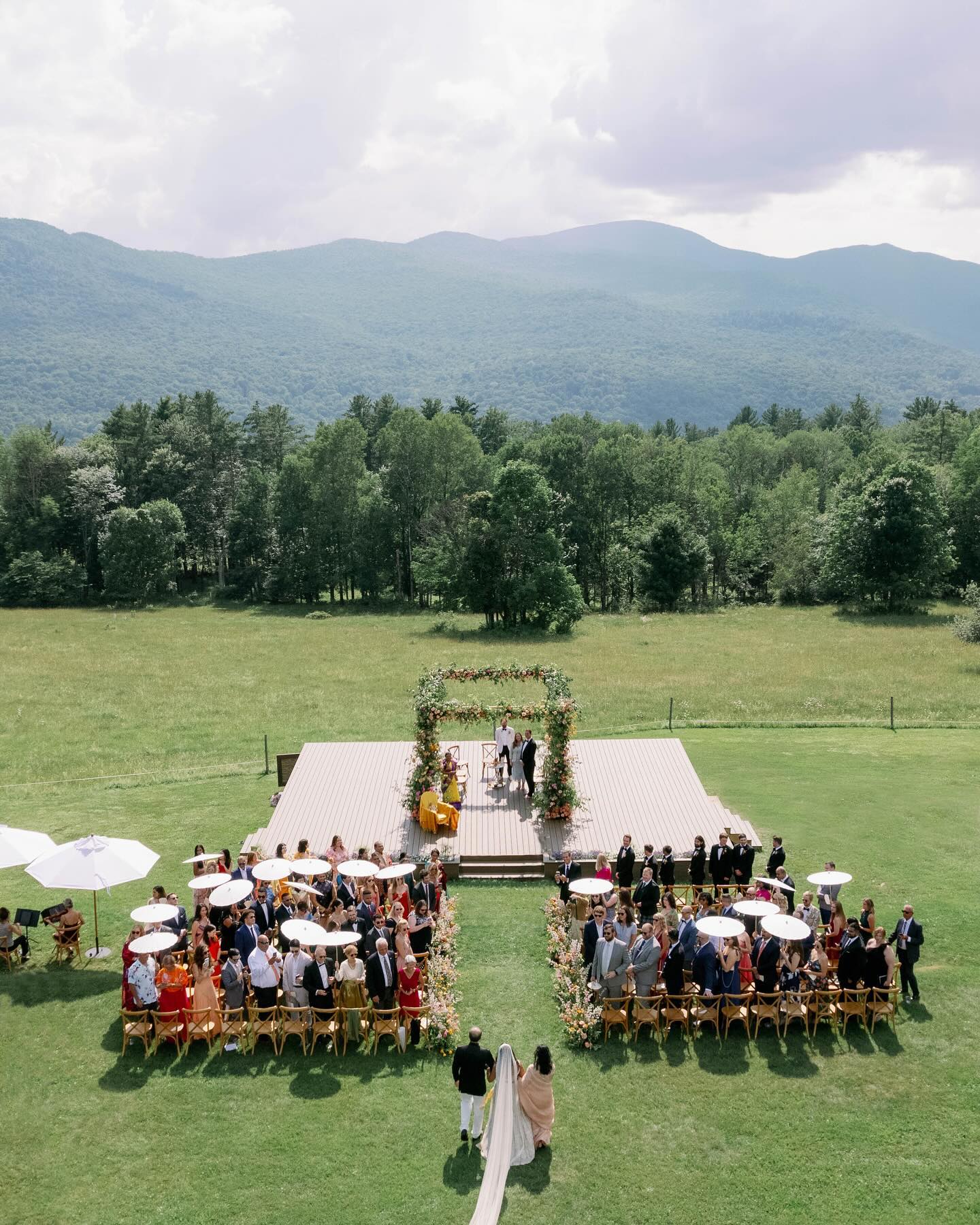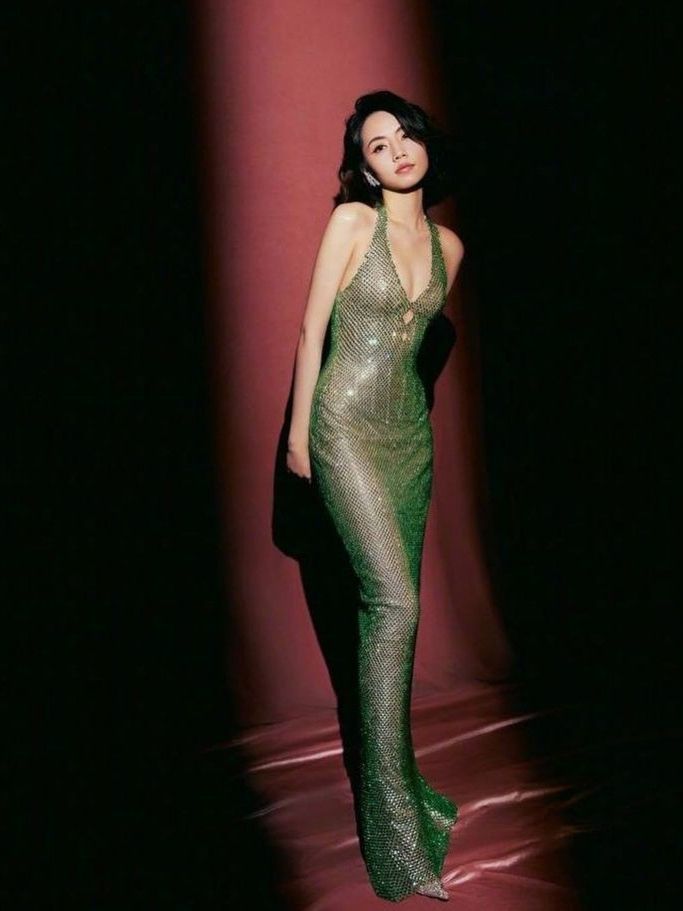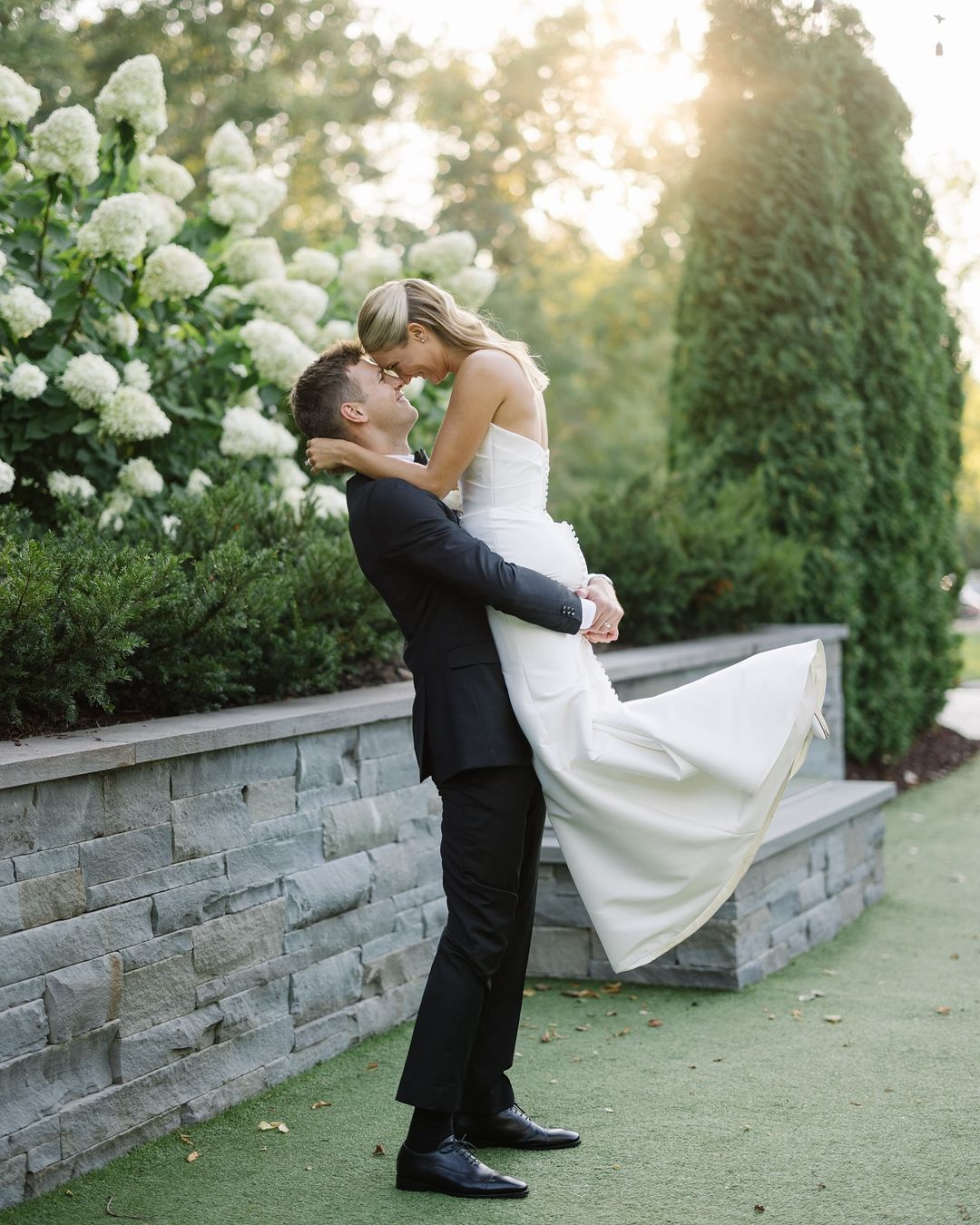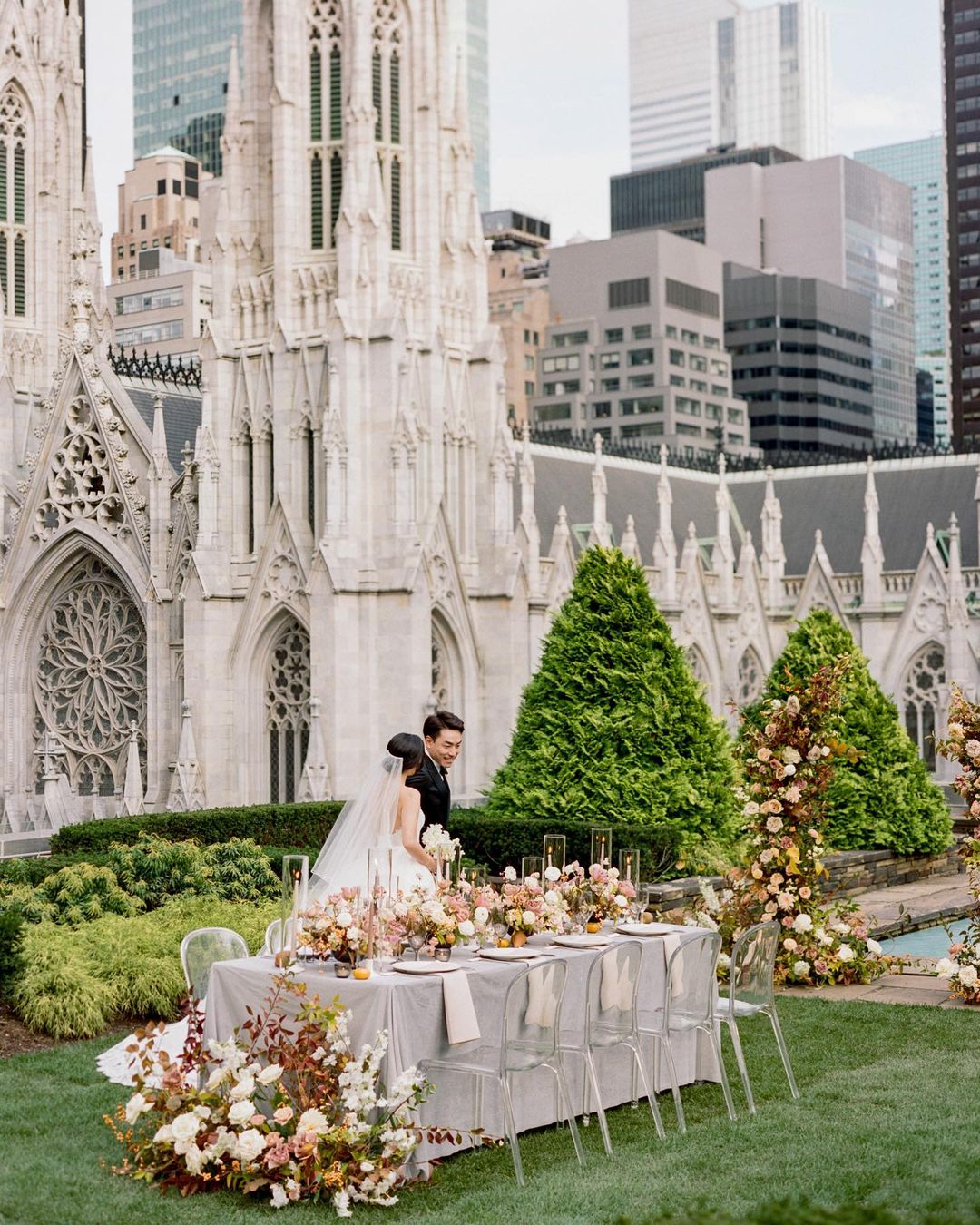Tying the Knot: A Deep Dive into Its Historical Origins
- Author: Natali Grace Levine
- Reading time: 4 min 43 sec
- Publication date: 09/18/2024
- Updated: 08/15/2025
Today, we’re diving into one of the most beloved expressions in the wedding world: “tie the knot.” Whether you’ve whispered it while dreaming of your big day or heard it echoed through countless wedding toasts, this phrase binds us together in curiosity and celebration. But where did it come from, and what does “tie the knot” mean? Join us as we unravel the threads of history and explore the vibrant traditions that continue to celebrate love’s eternal bond. Get ready to be charmed and inspired by the timeless allure of tying the knot!
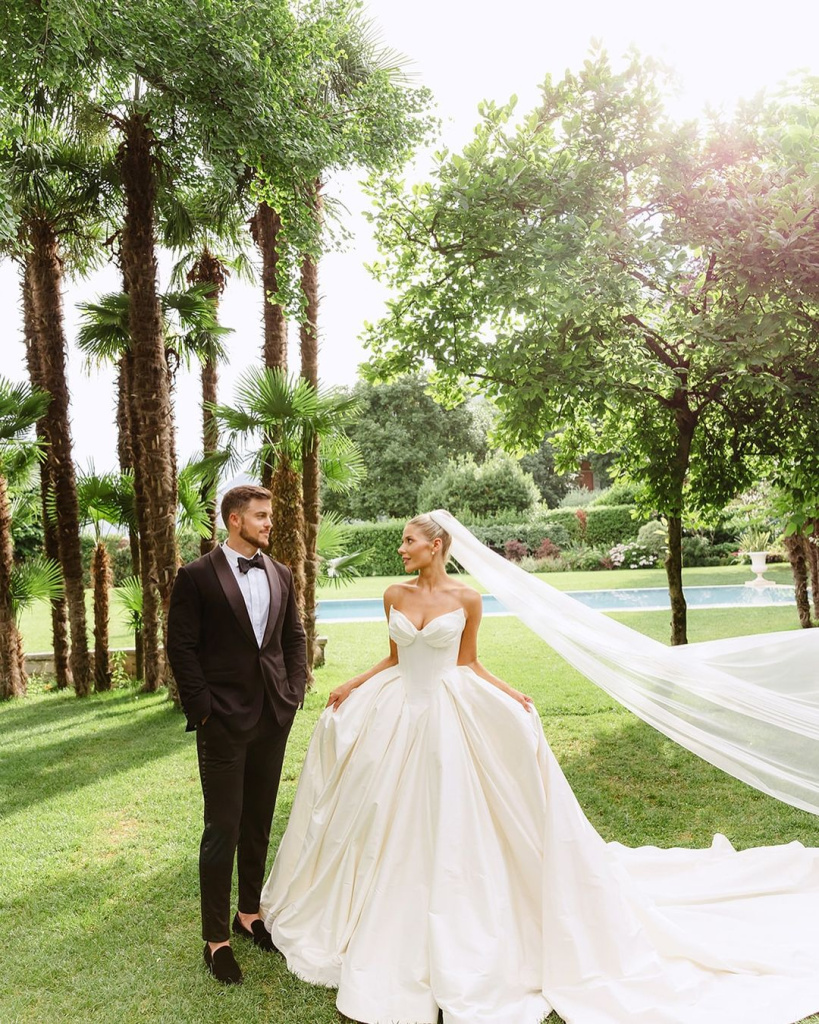
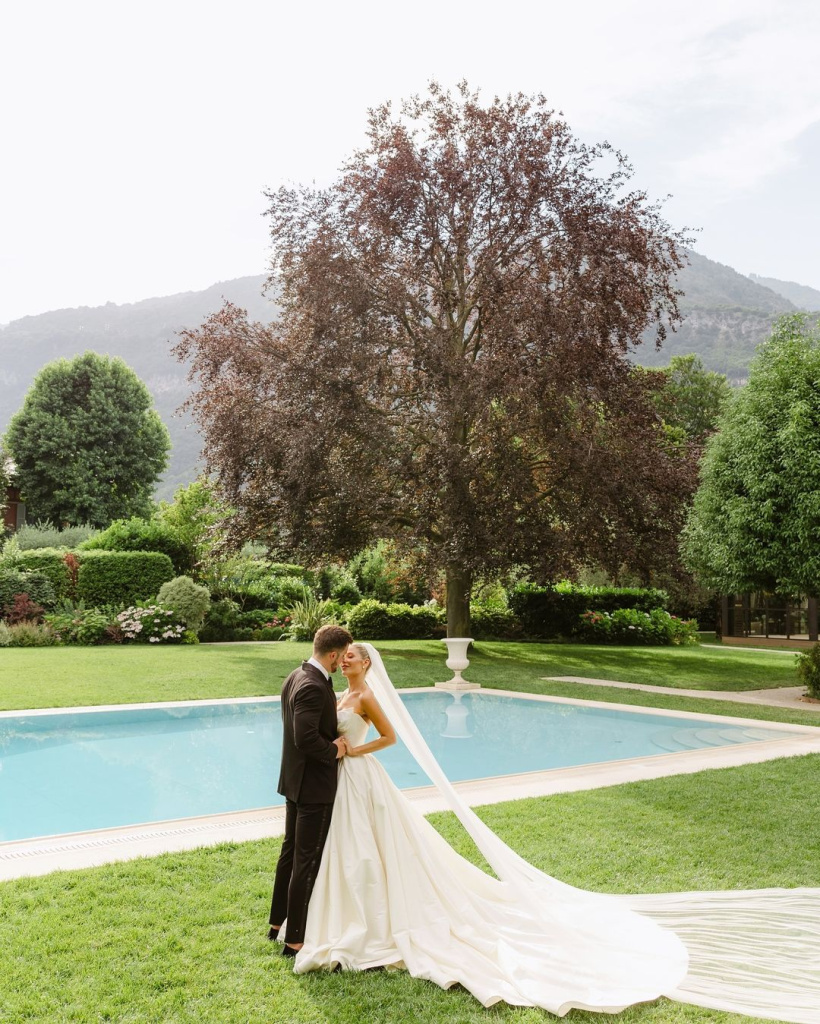
Find Your Perfect Wedding Vendors
"To Tie the Knot" Meaning
"To tie the knot" is more than just a colloquial way to say getting married; it embodies a deep symbolism of union and commitment. The imagery of a knot suggests a bond that strengthens under pressure, perfectly mirroring the enduring partnership intended in marriage. It signifies not only the joining of two lives but the intertwining of dreams, families, and futures into a unified and resilient whole.
In modern weddings, "to tie the knot" allows couples to incorporate a touch of tradition with personal significance, whether through literal knot tying at wedding ceremonies or metaphorical references. This phrase enriches the wedding narrative, offering a blend of cultural heritage and personal celebration that resonates deeply in marital vows and celebrations.
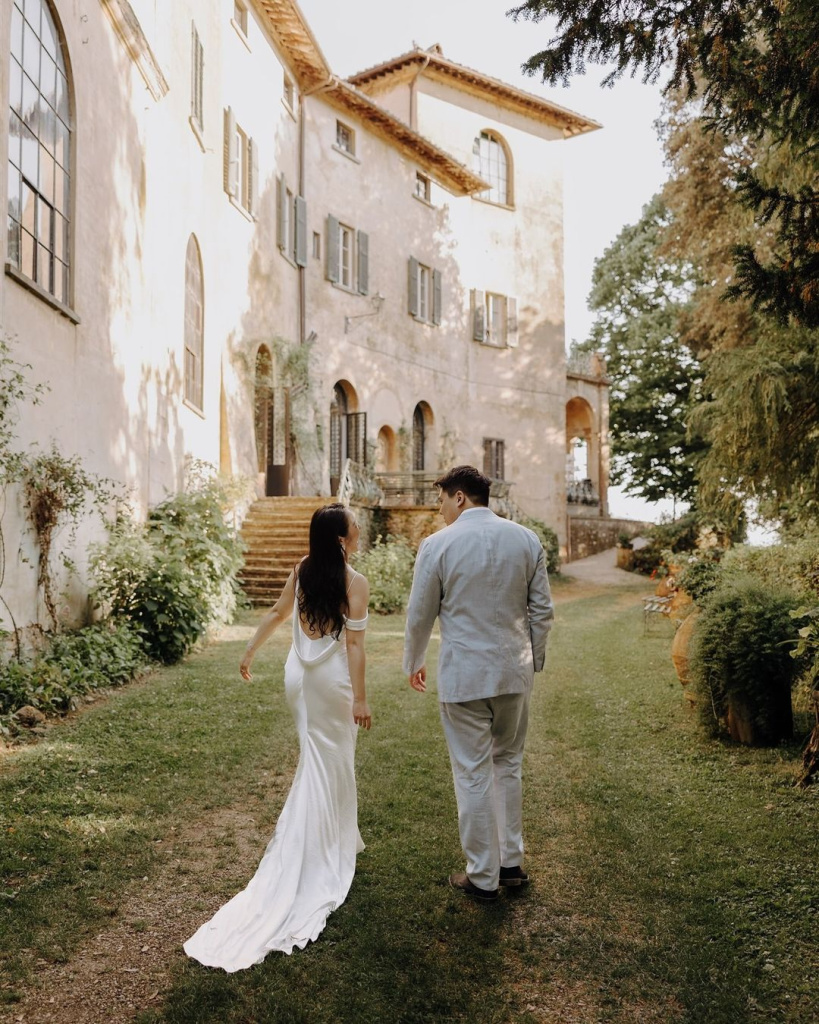
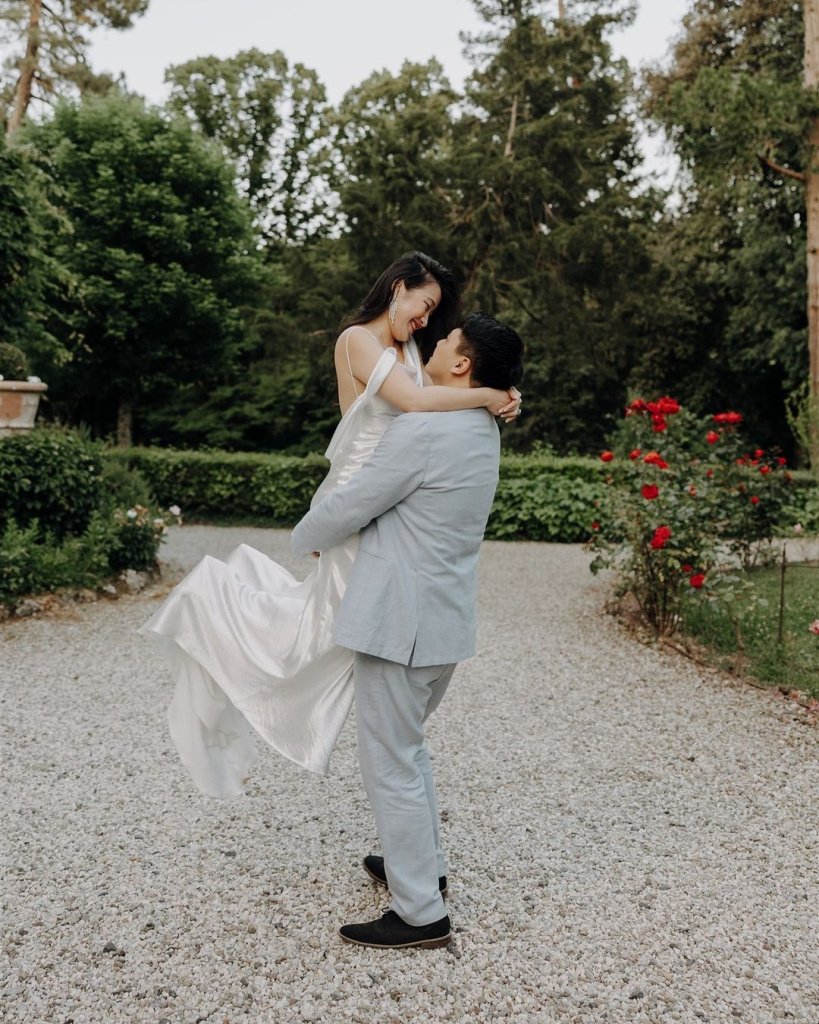
"Tying the Knot": History and Origin
The expression "tied the knot" is rich in history and cultural significance, weaving together various traditions from around the world. Its origins are as diverse and intertwined as the lives it comes to represent, making it a universally cherished metaphor in the lexicon of love and commitment.
Ancient Roots and Rituals
One of the earliest associations of knot tying with marriage can be traced back to ancient civilizations. In many cultures, knots were symbolic of continuity and indestructible life, often featured in the rituals that formed the foundations of societal customs and beliefs. For instance, the ancient Egyptians used the knot symbol, specifically the ‘tyet’ (often associated with the goddess Isis), to signify welfare and life, integrating it into their marriage symbols to bless a union with longevity and prosperity.
Similarly, in Roman times, the bride’s girdle, which was tied with numerous knots, was ceremonially untied by the groom on the wedding night, symbolizing the unraveling of the bride’s virginity and the couple's transition from single to married life. This act highlighted the knot's role in symbolizing the opening of a new chapter together.
Celtic and Medieval Traditions
In Celtic tradition, handfasting was a common practice where a couple’s hands were literally tied together as a part of the wedding ceremony, symbolizing their binding agreement to wed. This practice could have varied from a temporary agreement, lasting a year and a day, to a lifelong commitment. The visual of hands bound by a cord made the abstract commitments of marital vows tangibly manifest, cementing "tying the knot" in the vernacular as a synonym for marriage vows.
During the Middle Ages in Europe, the phrase began to appear more frequently in plays and literature, capturing the romantic and binding nature of marital commitments. The knot metaphor resonated deeply in a socially structured world, emphasizing the binding legal and sacred nature of marriage.
Cultural Variations and Knot Symbolism
Across the globe, various cultures have incorporated knots into their wedding traditions in unique ways. In Hindu weddings, the tying of a necklace (Mangalsutra) around the bride’s neck by the groom involves knots that symbolize the couple’s sacred union and vows of loyalty and fidelity. In Peruvian culture, small charms and tokens are tied into weavings during wedding ceremonies to bring luck and blessings to the couple.
In Chinese tradition, the "knot of eternal love" is an intricate part of decorative art, often used in weddings to symbolize good luck and the eternal bond between the couple. The artistry of the knot, which is meticulously crafted, mirrors the complex and beautiful journey a marriage entails.
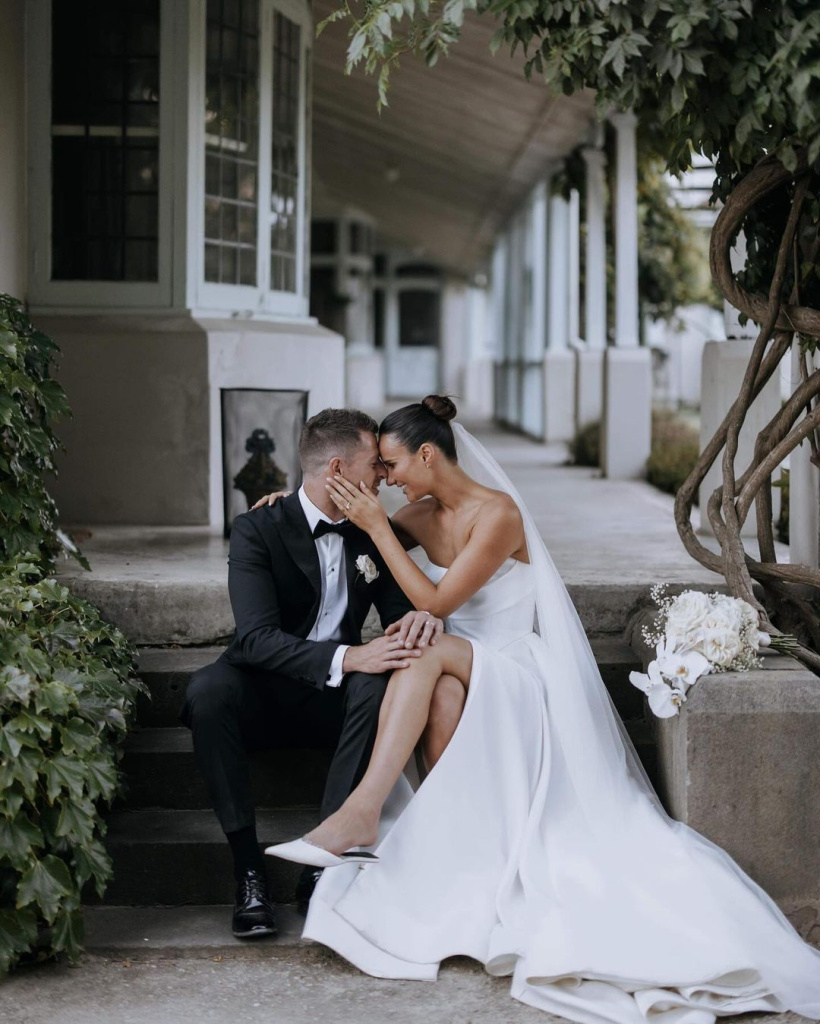
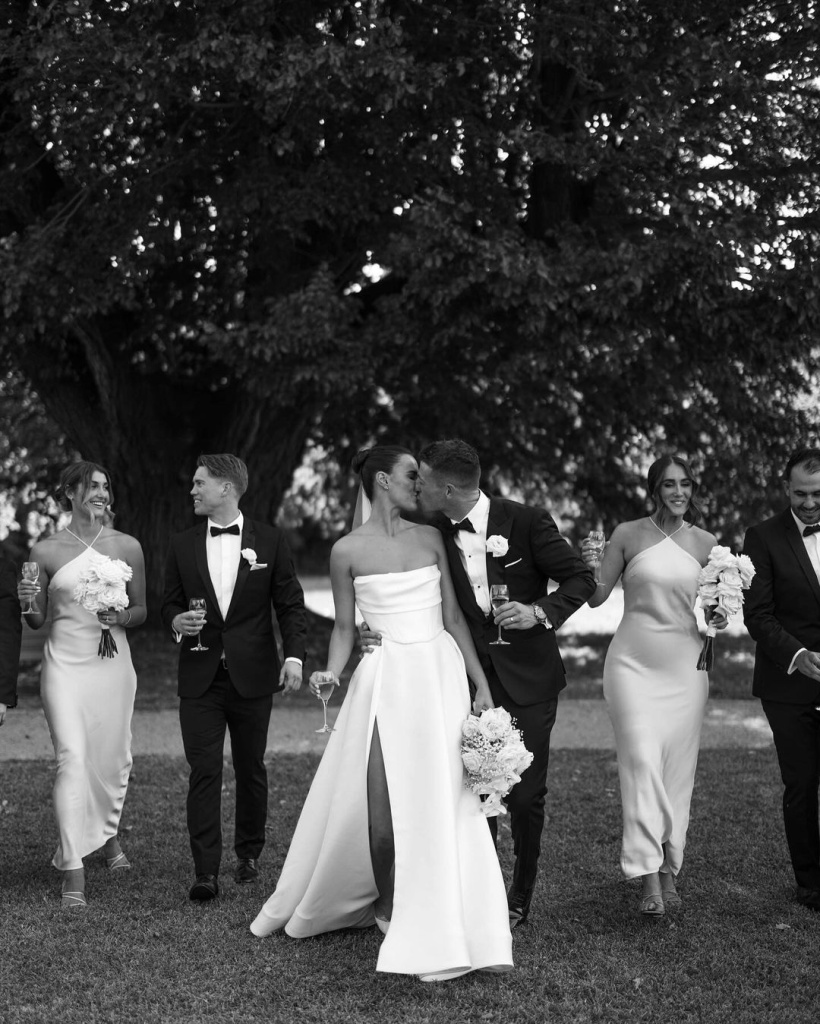
Knot Tying Wedding Ceremony Ideas
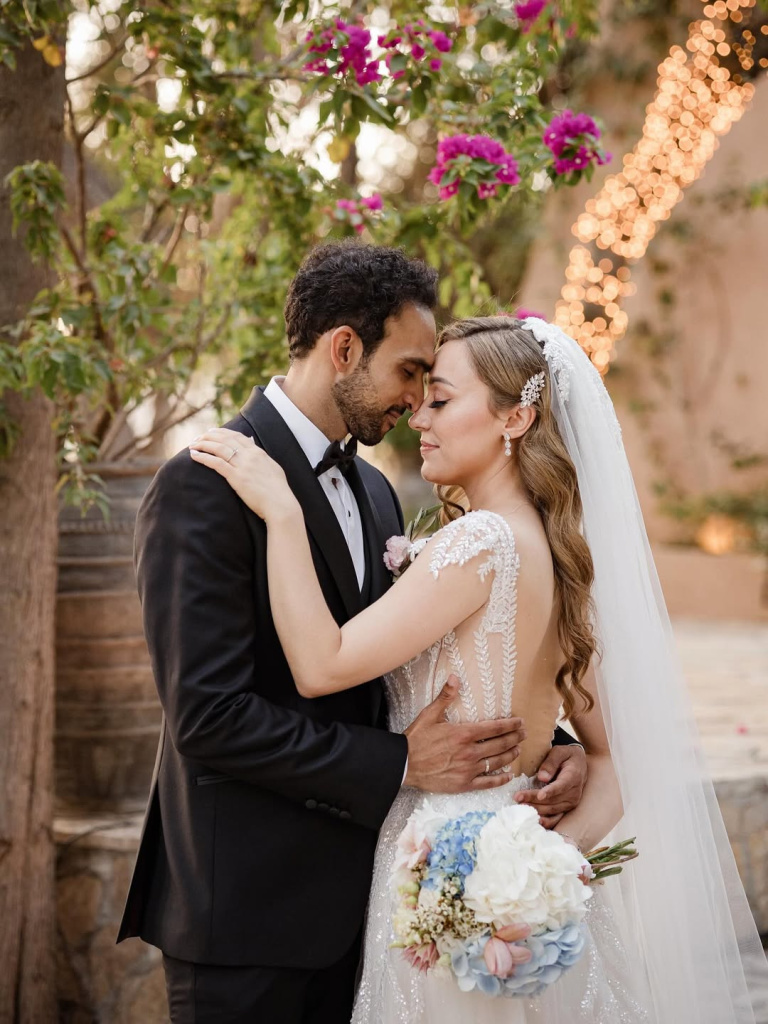
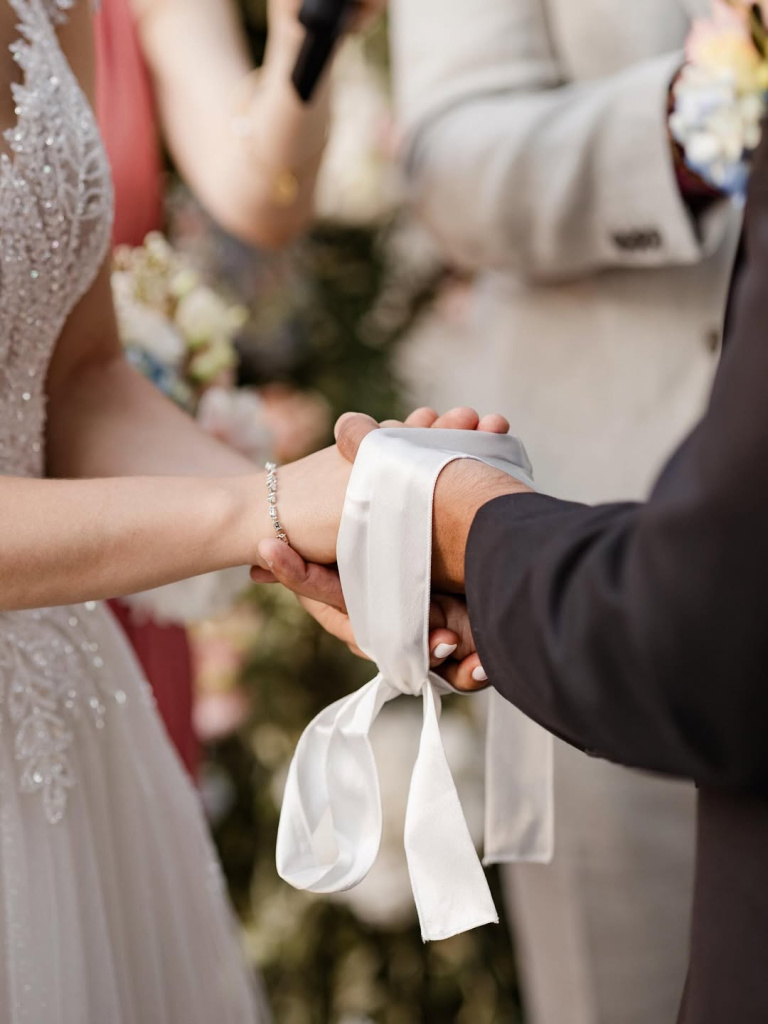
Incorporating the symbolism of knots into your wedding ceremony can add layers of meaning and intimacy to your special day. Here are ten enriched ideas for including knot-tying elements that symbolize the strength and unity of your partnership.
Classic Handfasting
This ancient Celtic tradition involves draping cords or ribbons over your joined hands as your officiant ties them while reciting your vows. Each color of the cord can represent a different aspect of your relationship or values, such as red for passion, blue for tranquility, or gold for prosperity. This visual representation of your bond provides a powerful moment during the ceremony.
Unity Rope Ceremony
Choose a thick, decorative rope or a set of smaller ropes that you and your partner braid together during the ceremony. This can symbolize the intertwining of your individual lives into one unbreakable union. The completed braid can then be displayed in your home as a keepsake of your wedding day.
Fisherman’s Knot
Ideal for couples who love the sea or have a nautical theme, the fisherman’s knot grows stronger under pressure, symbolizing a relationship that strengthens with every challenge. You can tie such a knot as part of the ceremony and explain its significance to your guests.
Infinity Knot
Use a large infinity symbol as a backdrop for your ceremony or incorporate a smaller version in a part of your ceremony where you loop a ribbon around it together. This act symbolizes eternal love and can be a visually stunning element of your wedding decor.
Tree Planting Ceremony
Together, tie a biodegradable rope around a sapling that you plant in an earth-filled pot during the ceremony. This symbolizes putting down roots together and offers a living symbol of your marriage growing over time. The tree can later be transplanted to a significant location for you both.
Ring Warming Ceremony
Pass your wedding bands among guests on a decorative pillow or in a small bag tied with a knot, allowing each guest to hold them and imbue them with wishes or blessings. This not only incorporates the knot but also engages your guests in the symbolism of your union.
Sand Knot Ceremony
Pour different colored sands into a clear vase, creating layers that are visually representative of your joined lives. Tie a decorative knot around the neck of the vase to seal it, symbolizing the inseparable nature of your union.
Lock and Key Ceremony
Connect a lock and a key with a knot, then lock them onto a bridge or a special box during the ceremony. This act represents locking your commitment securely in place, sealed by the knot.
Time Capsule Ceremony
Place letters, photos, or other meaningful items in a box during your ceremony, tying it with a knot that you plan to open on a significant anniversary. This creates a time-bound testament to the emotions and commitments of your wedding day.
Each of these knot-tying ideas can be customized to reflect your personality and relationship, adding a deeply personal touch to your ceremony. They not only enrich the experience but also create lasting memories and symbols of your commitment to cherish for years to come.







